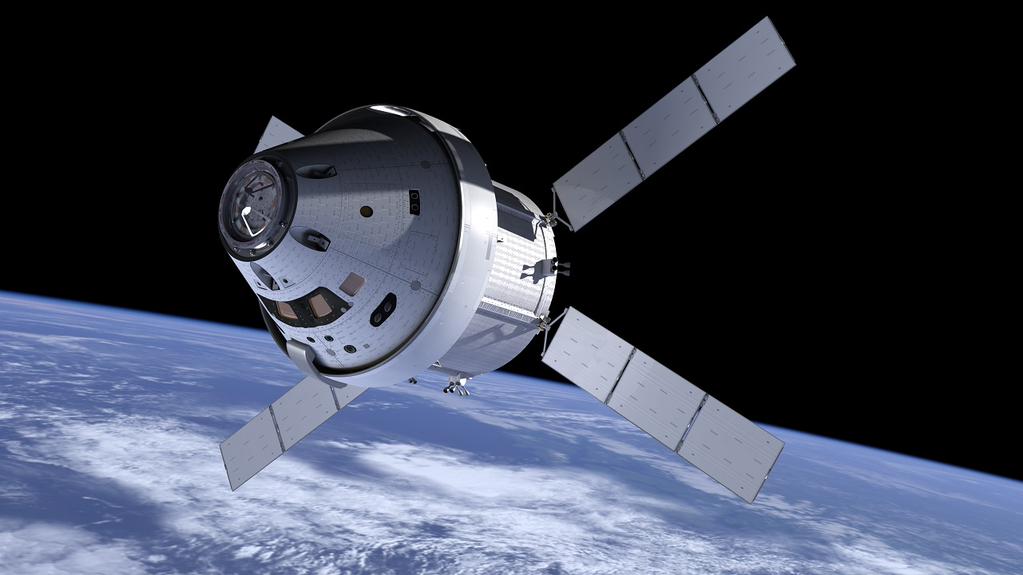NASA has just announced the first step of a mission that will send humans to Mars. The step will take place this Thursday when they perform a test launch of their Orion space capsule. The Orion space capsule is the spacecraft that will take humans to an asteroid, which the crew can surf to the Red Planet
We’re sending humans to Mars! Watch our #JourneytoMars briefing live today at 12pm ET: http://t.co/6XtjOi1yJo #Orion pic.twitter.com/wrf89sn35A — NASA (@NASA) December 2, 2014
NASA is very confident in their mission, announcing that they are on their way to taking humans to new distances. According to The Huffington Post, Orion will be launched with the Space Launch System rocket in Thursday’s test. Then, the spacecraft will orbit Earth for four and a half hours. The mission, called Exploration Flight Test-1, will be unmanned, testing systems and using 1,200 sensors that will “measure the impact loads when we land and during ascent,” says Mark Geyer, Orion program manager.
#Orion is poised for its 1st trip to space. We’re 2 days away & weather remains 60% go: http://t.co/FlflOpK5SN pic.twitter.com/6TYWip1kbk — NASA (@NASA) December 2, 2014
Audio and temperature data will be collected during launch and landing, helping NASA understand the kind of environment the astronauts will be in.
The spacecraft will fly 5,800 kilometers in the air, which is 15 times the height of the International Space Station. As for landing, the capsule that will put humans on Mars will dive into the Pacific Ocean, and the U.S. Navy will retrieve it.
If everything goes as planned, the Orion will carry four crew members to an asteroid. From there, they will ride in style to Mars. NASA predicts this will happen by mid-2030.
The idea of putting humans on Mars has been around since the ‘50s. Wernher von Braun was the first to design a detailed Mars mission, publishing his study in 1952. Since then, there have been over 50 Mars missions and studies discussed all around the world. But the expensive process made it nearly impossible to take the next step.
Last year, President Obama requested around $17.7 billion for NASA during his budget proposal, which is $59 million less than what the space agency received in 2012.
Chris Carberry, the executive director of Explore Mars Inc., says that it’s possible to launch humans to Mars around 2030, but they will need a more reasonable budget between now and then. Under the current budget, it would be difficult for a manned mission to Mars. But there are nearly two decades to find a solution and NASA believes they can do it.
A 2-hour-and-39-minute launch window starts at 7:05 am. EST. this Thursday. The Splashdown should happen around 11:29 a.m. EST. A live webcast of Orion’s launch can be found here.
